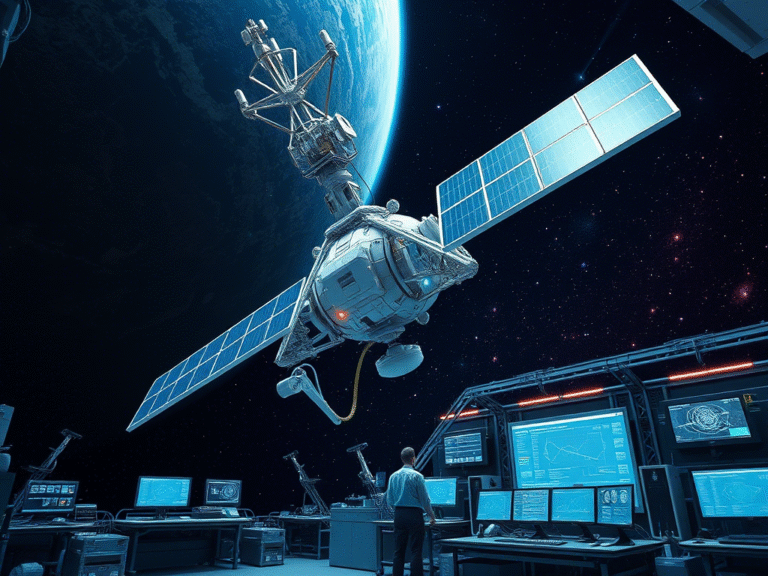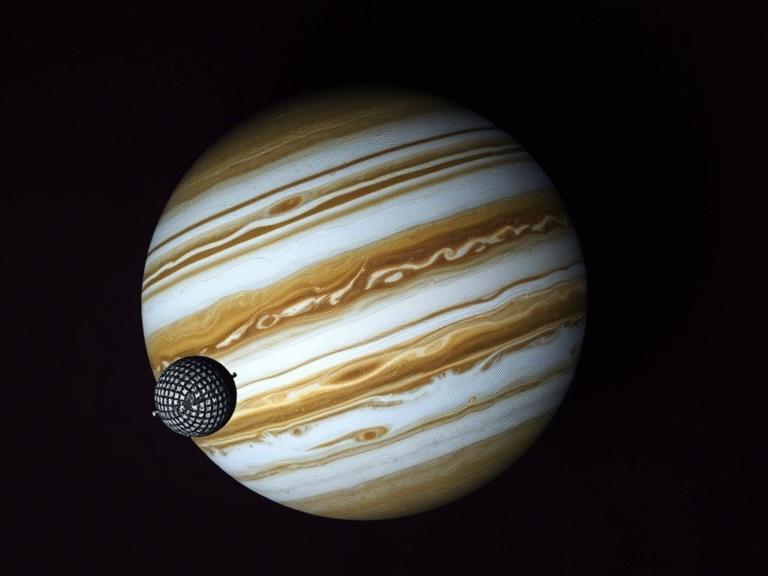
Beyond the Clouds: New Insights into Venus Thanks to Earth-Based Observation Tech
For decades, scientists have struggled to study the dense and scorching atmosphere of Venus , our closest planetary neighbor. Thick clouds of sulfuric acid obscure the planet’s surface from view, making it difficult to understand its complex atmospheric behavior.
But now, a surprising new tool is offering fresh insights: Earth’s weather satellites .
A team led by researchers at the University of Tokyo has successfully used infrared imaging data from Japan’s Himawari-8 and Himawari-9 meteorological satellites to track temperature changes in Venus’ cloud tops over time — revealing previously unknown patterns that could reshape how we study planets.
🔭 How Meteorological Tech Is Changing Planetary Science
Originally designed for monitoring Earth’s weather, the Advanced Himawari Imagers (AHIs) aboard Himawari-8 and -9 capture multispectral infrared images every 10 minutes. While these satellites were never intended for space science, their wide field of view occasionally captures Venus near the edge of their frame — and researchers saw an opportunity.
Led by visiting scientist Gaku Nishiyama , the team analyzed thousands of satellite images taken between 2015 and 2025 , identifying 437 usable observations of Venus. By filtering out background noise and adjusting for Venus’ apparent size in each image, they were able to monitor subtle changes in cloud-top temperatures when viewing conditions aligned just right.
🌫️ Revealing Hidden Patterns in Venus’ Atmosphere
The results were eye-opening. The team detected previously unseen wave structures in Venus’ upper atmosphere, believed to be linked to thermal tides — massive atmospheric waves driven by solar heating.
They also observed variations in the amplitude of planetary-scale waves across different altitudes, with some appearing to decrease higher up in the atmosphere. Although the resolution of the AHI data made it hard to draw firm conclusions about the physics behind these changes, the team believes these fluctuations may relate to long-term shifts in Venus’ atmospheric structure.
As Nishiyama explained, “Venus’ atmosphere shows year-long variations in reflectance and wind speed, but no mission has managed continuous observation for more than 10 years. Ground-based telescopes can help, but they’re limited by daylight and Earth’s own atmosphere.”
📅 Long-Term Observation Made Possible
Unlike short-lived planetary missions, meteorological satellites like Himawari-8 and -9 are built to last — expected to remain operational until at least 2029 . Their instruments provide frequent, low-noise infrared measurements across multiple wavelengths — a capability still rare among dedicated planetary probes.
This makes them ideal for tracking slow-moving atmospheric phenomena on distant worlds. As Nishiyama added, “We believe this method will provide precious data for Venus science, especially since there may not be another spacecraft orbiting Venus until the next planned missions around 2030 .”
🧪 Beyond Venus: A New Era of Multispectral Monitoring
In addition to studying Venus, the team found that their technique could even help calibrate data from older planetary missions , improving the accuracy of historical datasets.
And the potential doesn’t stop at Venus. Nishiyama is already applying this approach to study other bodies in the solar system, including the Moon and Mercury. Infrared observations from Earth-orbiting satellites could reveal valuable details about the composition and evolution of rocky planets and moons.
“By accessing a range of geometric conditions free from ground-based limitations,” he said, “we hope this work contributes to a deeper understanding of planetary dynamics and evolution across the solar system.”
📚 Reference
This research builds on the scientific study titled:
“Temporal variation in the cloud-top temperature of Venus revealed by meteorological satellites” , published on June 30, 2025 , in the journal Earth, Planets and Space .
Authored by:
Gaku Nishiyama, Yudai Yudai, Shinsuke Uno, Shohei Aoki, Tatsuro Iwanaka, Takeshi Imamura, Yuka Fujii, Thomas G. Müller, Makoto Taguchi, Toru Kouyama, Océane Barraud, Mario D’Amore, Jörn Helbert, Solmaz Adeli, and Harald Hiesinger.
💰 Funding Information
The study was supported by grants from the Japan Society for the Promotion of Science (JSPS) , including:
- KAKENHI Grant Number JP22K21344
- KAKENHI Grant Number 23H00150
- KAKENHI Grant Number 23H01249
Additionally, the research was made possible in part through the JSPS Overseas Research Fellowship , which supports international academic collaboration and scientific exchange.





